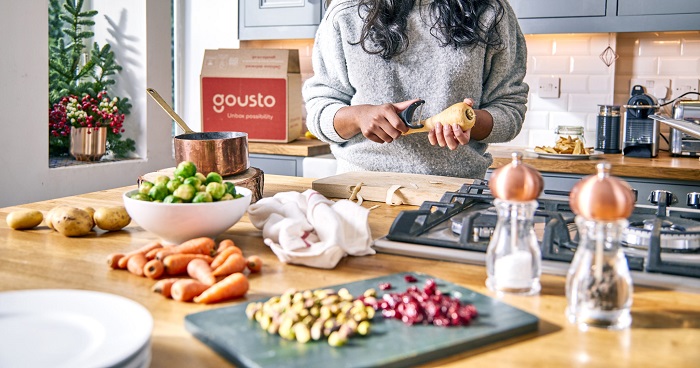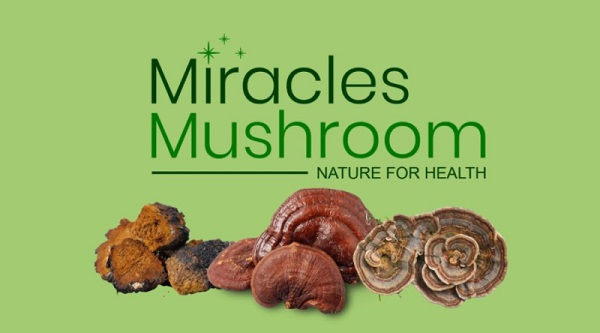The process of cooking involves the preparation of food for consumption. The process makes food more digestible and allows the body to absorb more nutrients. This is one of the reasons cooking has become so important to human evolution. Many of us associate cooking with tasty cookies or fresh bread. However, the process of cooking can be done in many different ways.
Historically, cooking has been a labor-intensive task that falls primarily on women. In traditional societies, men were involved in hunting and gathering but remained largely out of the kitchen. As civilization developed, people began to specialize, and a class of professional chefs developed whose main job was to cook for others. In ancient Egypt, for example, tomb paintings and archaeological remains show that people were involved in a variety of food-related professions, including butchery, winemaking, and beer brewing. These professions typically employed multiple employees in well-organized kitchens.
While cooking can destroy some minerals in food, it can also increase the bioavailability of certain nutrients, including antioxidants. These nutrients have been proven beneficial to human health, and can help prevent the development of disease-causing enzymes. These beneficial compounds are produced during the Maillard Reaction, which takes place when starchy foods are cooked. Some of the techniques that can increase the production of antioxidants include baking, grilling, and roasting.
Cooking is an art as well as a science. While food preparation is a science, cooking techniques, ingredients, and methods differ in different cultures. Cooking can also occur by chemical reactions without the use of heat, such as in Ceviche, a traditional South American dish. Sushi, another dish that uses the chemical reaction of fish with acidic rice, is a great example of this. Cooking has evolved into a complex process that has been used throughout the history of mankind.
Another technique that involves cooking with dry heat is known as roasting. The process allows for higher temperatures than in liquid, so that the food is seared, while retaining the fresh taste of the food. Food cooked using this method includes fish, vegetables, and bread. Some of the most popular fried foods include battered fish, breaded vegetables, chips, and doughnuts. Another technique is stir-frying, which involves using high temperatures and a thin layer of fat. It is important to stir continuously to prevent food from burning.
Cooking is an art and a science that has profound implications for human health. It is an expression of creativity and allows people to express themselves in different ways. Often, it allows improvisation while baking requires precise measurement. It can take place over an open fire, on a stove, or even in a grill. In either case, a constant dry heat alters the chemical composition of ingredients, and changes their appearance and flavor.
Inventing new cooking techniques has greatly impacted the way that food is consumed. Cooking affects the sensory properties of food, its nutrition, and its health. Table 5 summarizes the main methods of cooking and their effects.







